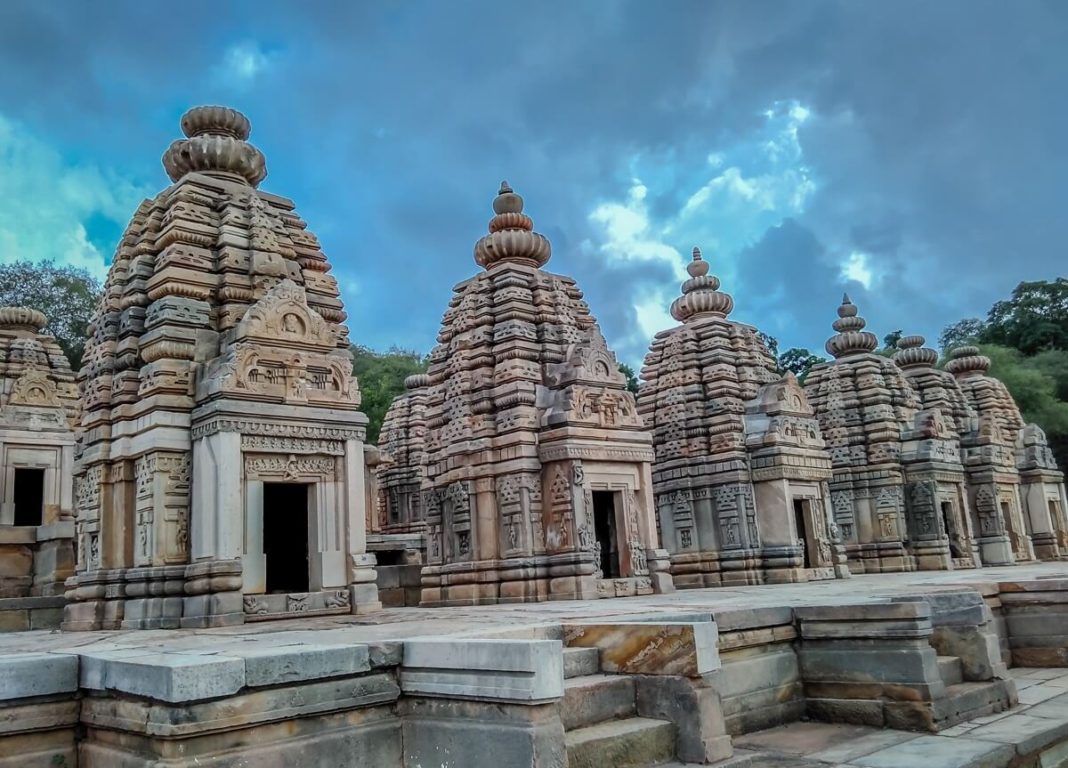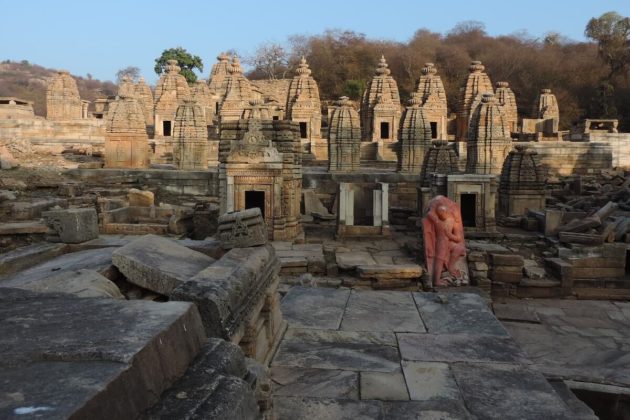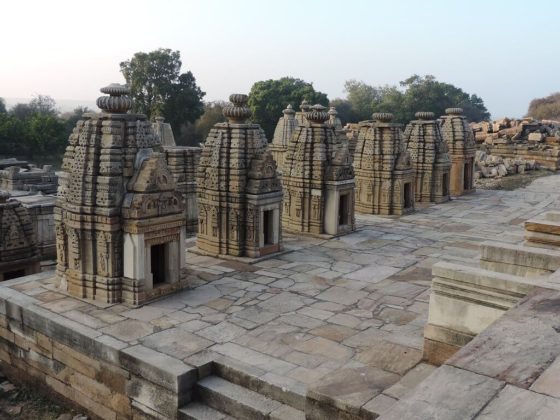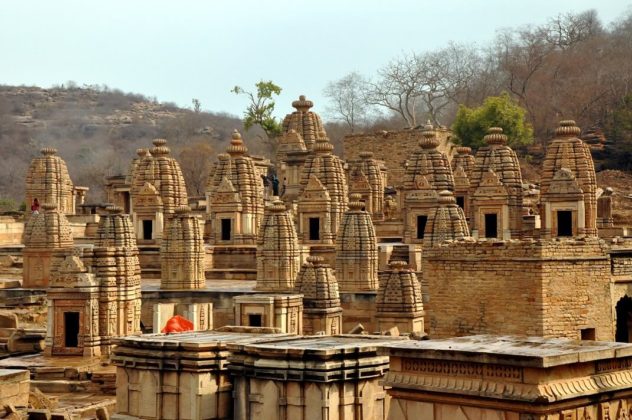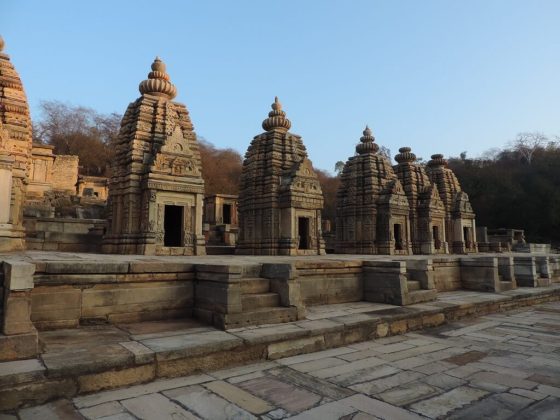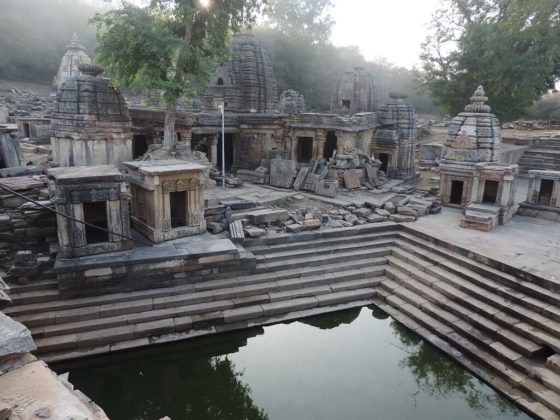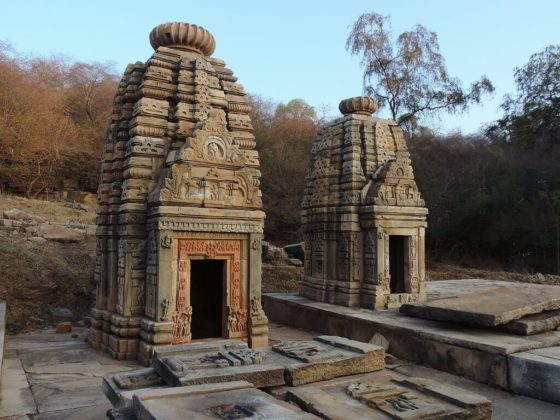More than two hundred temples are packed together in Bateshwar, some in ruins, some given a new life by the Archaeological Survey of India. Located in ravines of Chambal near Morena District of Madhya Pradesh the shrines of Bateshwar temple-complex are dedicated to Shiva, Shakti and Vishnu, the three major sects of Hinduism. However, very little is known of its early history.
Site is located about 50km from Gwalior, capital of Madhya Pradesh state of India.
Archaeologists and historians believe that these temples were built between the 8th and 10th centuries, under the patronage of the Gurjara-Pratihara dynasty, who ruled a vast empire stretching from the Narmada river to the the foothills of the Himalayas. Ruling from their capital Kannauj, the Gurjara-Pratiharas were great patrons of art and architecture. The Pratihars considered themselves Suryavanshis who were descendents of Lord Lakshman
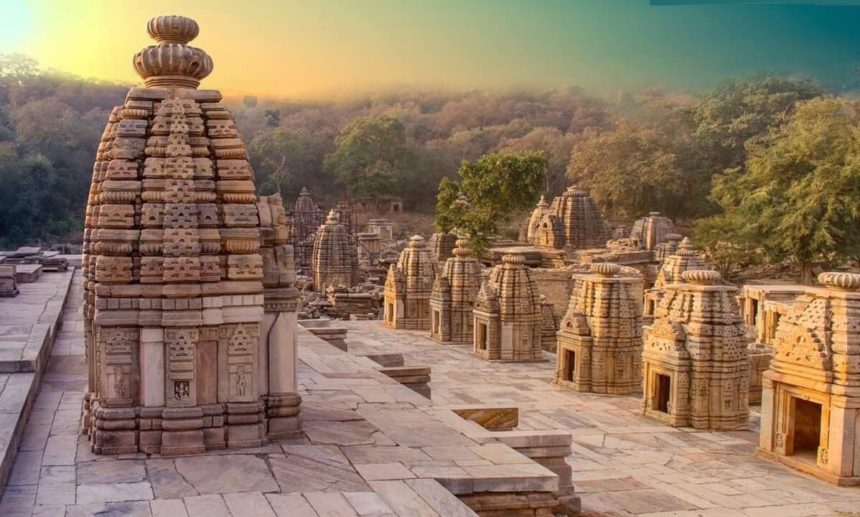
Bateshwar Group of Temples were built much before the creation of Khajuraho Temples. Unfortunately, these legacies were lost in the string of times.
The temples are made of sandstone and the interesting part is that the temples can be distinguished by their different architecture pertaining to their different time periods, some with flat roofs while the other with curvilinear shikhars. Many of the temples have a sanctum sanctorum with shivlings. The interiors of the central temple are covered with intricate mythological carvings and erotic carvings reminiscent of Khajuraho Temple.
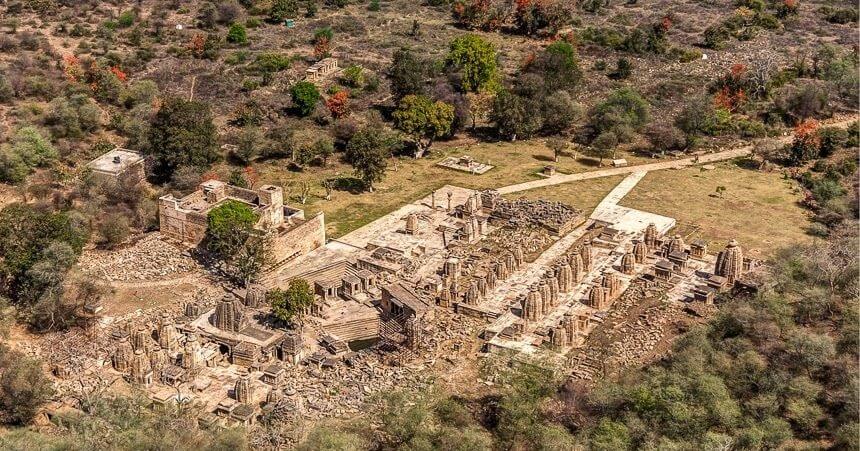
Closer look reveal that the temples carvings have little defacement or disfigurement. It is a wonder how they remained unscathed when they lay almost bang in the middle of way taken by marching armies for centuries. It is possible that owing to the hill and the vegetation the temples just disappeared from common sight during the medieval period. Also, the temples are built in a seemingly bowl shaped valley surrounded by hills. Early photos do show trees emerging through the structures. And then an earthquake might have brought the whole complex down. So you see lot of breakage but largely no intentional vandalism or plunder which you have seen at other places.
This complex was long forgotten and badly damaged with time. The site remained inaccessible for general public being a hide out for the Dacoits, until recently. The Archaeological Survey of India team led by KK Muhammed approached the dacoits and convinced them to support in the restoration of temples established by their ancestors. The excavation works here were started in 2005 which are still going on simultaneously with that of the restoration works. There are pillars, friezes and amalakas, all awaiting their turn to transform back into temples. ASI, with the help of dacoits restored 100 temples before the dacoits were shot dead by the Special Task Force (India).
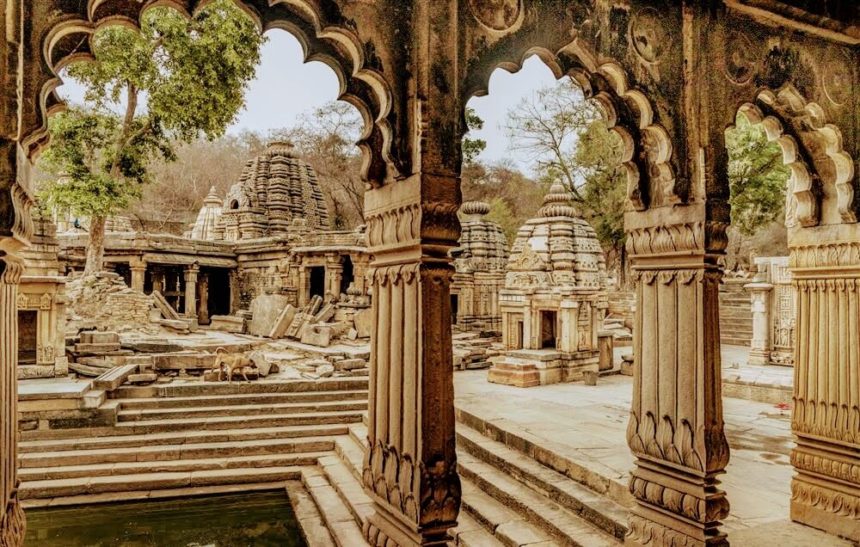
The presence of dacoits was a blessing in disguise as no smuggler had the courage to smuggle out sculptures from the complex. After numerous efforts,
The area later fell into the hands of Mining Mafia, who till date, are doing illegal mining around the Temple Complex. This is posing a serious threat to the Temples and with regular blasting, the temple structure is weakened day by day.
Why were the temples constructed at this location? Was this an important center of worship? We still don’t have the answers. Nor do we know why the temple complex was abandoned, if indeed that is what happened.


